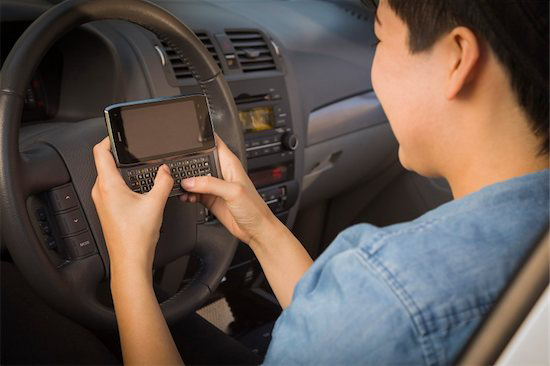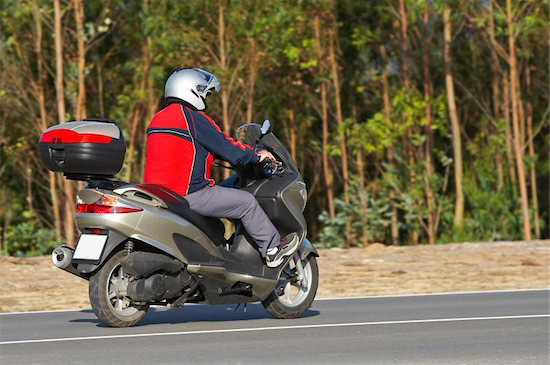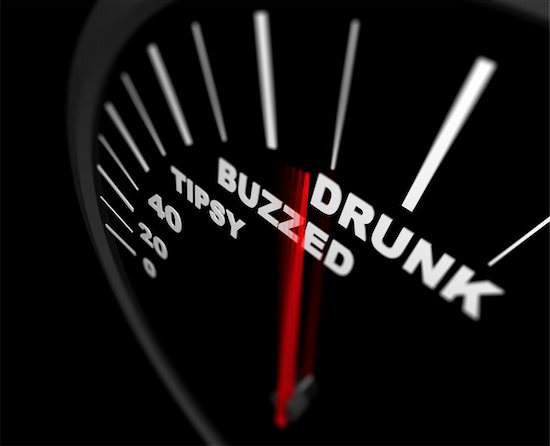Proposed Law Would Allow Police to Search Cell Phones at Accident Scene without a Warrant

“License, registration and cell phone,” are words New Jersey motorists may soon hear from police responding to the scene of an accident if a newly proposed bill wins approval.
The bill seeks to give police the right to look through the phone’s call and message history without a warrant in order to determine whether or not use of the phone could be a contributing factor to the accident. The bill would allow a police officer to confiscate a driver’s hand-held phone after an accident resulting in death, injury or property damage if that officer has reason to believe the driver was operating the phone at the time of the accident. (1)
Much has been written lately about the dangers of distracted driving, with use of cell phones high on the list of distractions. A recent MSN article concerning which type of tickets most affect insurance rates stated that reckless driving was considered one of the biggest offenses leading to increase insurance rates. While it was noted that the definition of reckless driving varied by state, at least one state – Virginia – said it was considering categorizing texting while driving as reckless driving. (2) Recently New Jersey increased its penalties for drivers caught using a hand-held cell phone or texting while driving.
 New Jersey Injury Lawyers Blog
New Jersey Injury Lawyers Blog



 One Hunterdon County man was killed and another critically injured when the all-terrain vehicle (ATV) they were riding ran off the road in upstate New York last weekend. Tragic incidents like this highlight the need for the safety rules and regulations established for those who enjoy the sport of riding their ATV’s. (1)
One Hunterdon County man was killed and another critically injured when the all-terrain vehicle (ATV) they were riding ran off the road in upstate New York last weekend. Tragic incidents like this highlight the need for the safety rules and regulations established for those who enjoy the sport of riding their ATV’s. (1)
 As schools wound down for their summer break, local law enforcement agencies took steps to help ensure a safe summer for everyone. In High Bridge, local police officers visited students during the last days of class to review safety tips, including bicycle safety laws. One South Jersey town took a somewhat more creative approach by issuing “friendly tickets” to all children caught wearing safety helmets while riding their bikes. The tickets entitle holders to a free water ice.
As schools wound down for their summer break, local law enforcement agencies took steps to help ensure a safe summer for everyone. In High Bridge, local police officers visited students during the last days of class to review safety tips, including bicycle safety laws. One South Jersey town took a somewhat more creative approach by issuing “friendly tickets” to all children caught wearing safety helmets while riding their bikes. The tickets entitle holders to a free water ice. School may be coming to a close for the year but attempts are already underway to increase the safety of school buses for our children when they return to class next September.
School may be coming to a close for the year but attempts are already underway to increase the safety of school buses for our children when they return to class next September. A week (in 2013, May 19 through May 25) has been named National Dog Bite Prevention Week and with good reason. Each year, close to 5 million people suffer
A week (in 2013, May 19 through May 25) has been named National Dog Bite Prevention Week and with good reason. Each year, close to 5 million people suffer  Springtime and its milder weather attract more motorcyclists to the roads, and more vehicles on the road means a greater chance for accidents. Unfortunately, data shows that the fatality rate for motorcycle accidents nationwide has increased for the 14th time in the last 15 years. (1)
Springtime and its milder weather attract more motorcyclists to the roads, and more vehicles on the road means a greater chance for accidents. Unfortunately, data shows that the fatality rate for motorcycle accidents nationwide has increased for the 14th time in the last 15 years. (1) The U.S. Supreme Court recently handed down a ruling that could affect how states across the nation test drivers suspected of
The U.S. Supreme Court recently handed down a ruling that could affect how states across the nation test drivers suspected of  Spring weather has finally arrived in Hunterdon County and with that comes thoughts of outdoor activities. For some, that means hitting the water. Boating enthusiasts need to take special care this time of year because, while air temperatures may be getting warmer, water temperatures have yet to catch up, posing extra dangers. Staying safe in the cold water may take a little more than simple adherence to maritime laws.
Spring weather has finally arrived in Hunterdon County and with that comes thoughts of outdoor activities. For some, that means hitting the water. Boating enthusiasts need to take special care this time of year because, while air temperatures may be getting warmer, water temperatures have yet to catch up, posing extra dangers. Staying safe in the cold water may take a little more than simple adherence to maritime laws. Most teenagers cannot wait to get their driver’s license, but a little patience can avoid years of frustration as one New Jersey teen learned recently.
Most teenagers cannot wait to get their driver’s license, but a little patience can avoid years of frustration as one New Jersey teen learned recently.